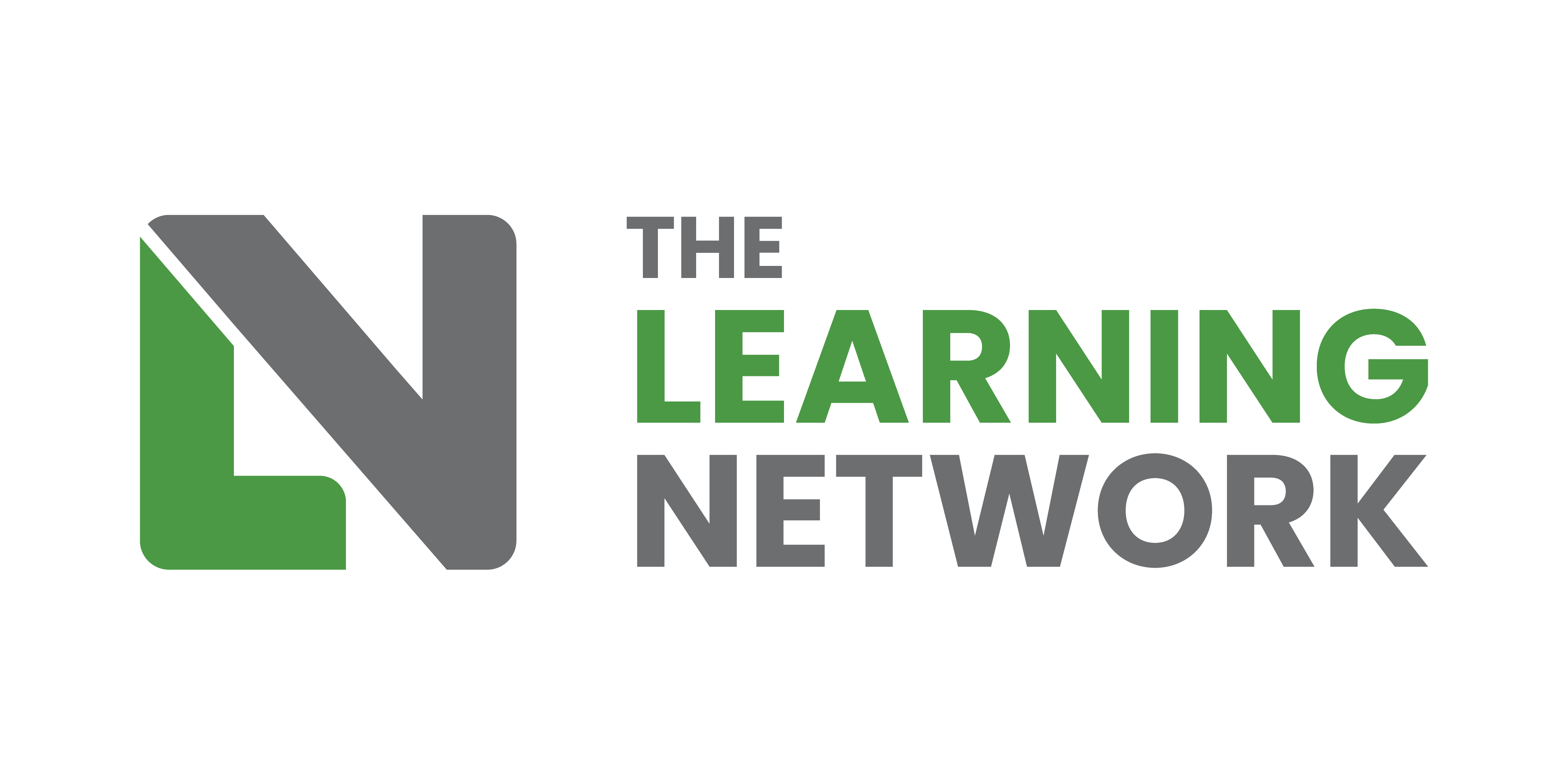By Neil Cunningham, Board Director
Top 5 takeaways around AI
1. No one’s really ‘mastered’ this yet. There are so many tools and so many applications that how they’ll be used by L&D teams to create learning experiences seems infinite. The rate of development and evolution means that we’re playing catch with how these tools (and they are tools that won’t solve strategic/systemic problems) are used.
2. There’s loads of possible uses, but until it’s seamless for the end user/colleague they’re not likely to care about it (just like how our people don’t care about how we provide learning, they care about how effective it is). Again a tool won’t solve a strategic or systemic challenge you have in the business. You might think, “Great I can create an experience more quickly with fewer resources”, but that doesn’t answer questions like:
- “Why is this needed?” – More content rarely leads to better performance
- “What else in the business is causing this issue?” – It may be an organisational change that needs a good look at, rather than upskilling people
- “How does creating more content faster, free up your time to work on more complex projects?” – Are you making yourself an order taker by accident?
3. L&D teams can focus on how they use it, to help content creation and ideation, but they’ll still need to be the expert and check the work. Using prompting can help speed this up, but you’ll still need to check the work. This makes me question how “productive” this would be.
How much longer would it take to check work you haven’t created, than it would to create it and know that you’d it the mark the first time?
4. If you’re already an expert in the subject area then the use of LLMs can be unproductive. Toby from Filtered shared this research about how sometimes using gen AI damages performance instead of heightening it: https://www.bcg.com/publications/2023/how-people-create-and-destroy-value-with-gen-ai
Working out what you want to do with the tool before using it will be key in applying the right AI tech within your learning tech stack. Think about it like you would an online learning library or a LXP. It’s just a tool, how you use it makes all the difference.
5. Once the tech evolves so I can use voice commands like in Star Trek:
“Computer, create a historical index from those that attended the programme and those that didn’t, then check for performance increases and factor in organisation change data to measure effectiveness” or “Tea, Earl Grey, hot”(If you know, you know) I’ll be a mega fan.
Until then, I’ll be looking at practical use cases that deliver value across the learning process, rather than saying this is the future of L&D.
My Prediction
The free versions of LLMs produce very similar results, even with prompting. The pay-for versions produce more nuanced results.
I see these companies producing better products (or getting the products to improve themselves – I’m sure they’re at this already – the singularity is near) and introducing more pay levels.
First, it’s £20 a month, then £100, then £1000 and so on, until there’ll be a digital divide between the haves and have-nots.
Some L&D teams will be right back to where they are now. Not having the budget to afford the most expensive, on-trend solution, but still creating incredible learning experiences without it.
Thanks for reading. if you’d like to contact me and discuss how you can strategically leverage gen AI into your L&D tech stack you can use the contact form here: https://alignlearndo.com/contact/
Photo by Steve Johnson on Unsplash
Photo description: A brain drawn as a circuit board in white on a blue background.



